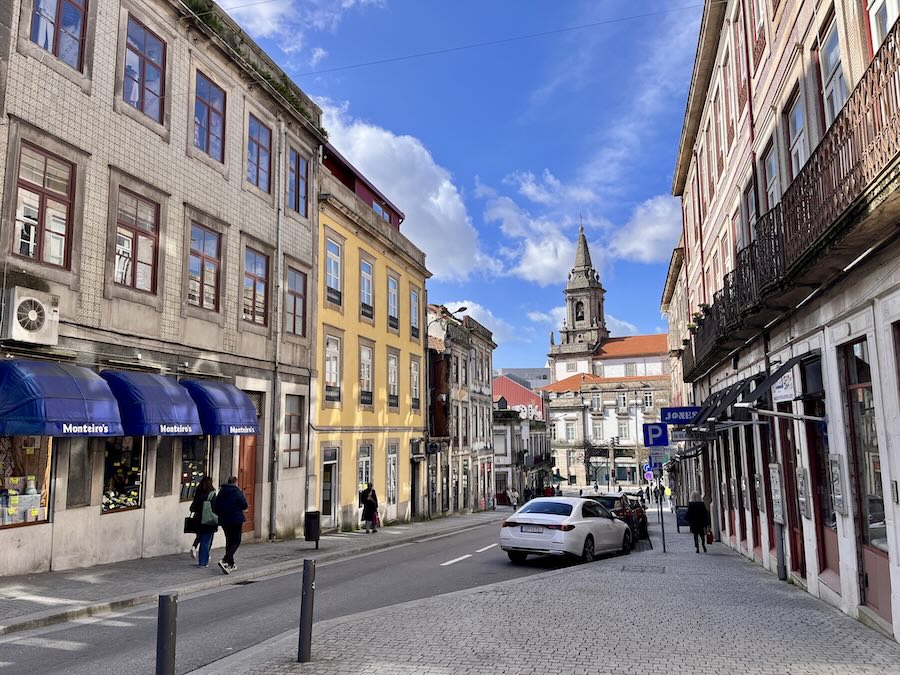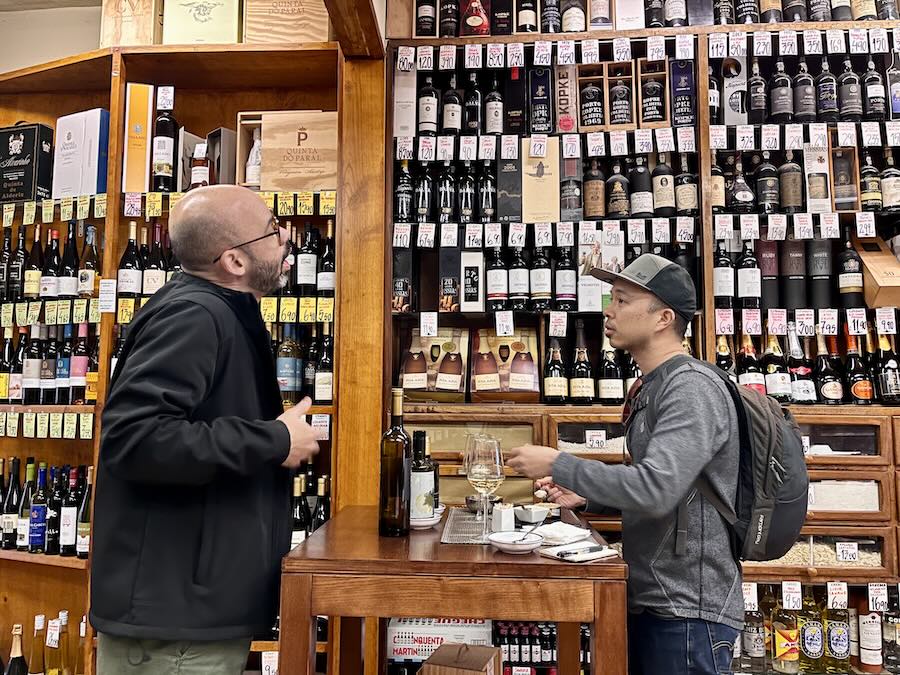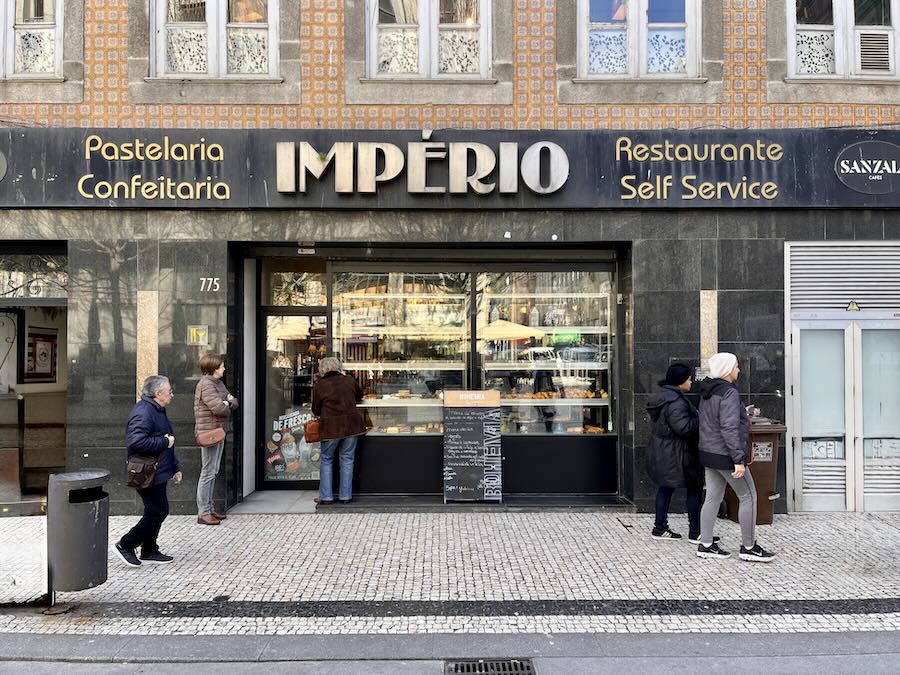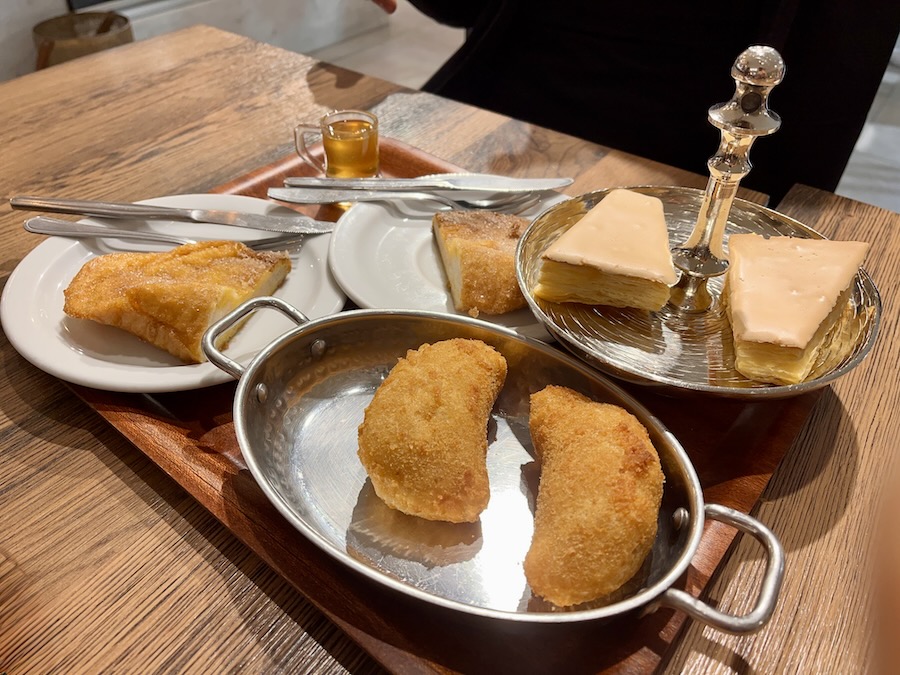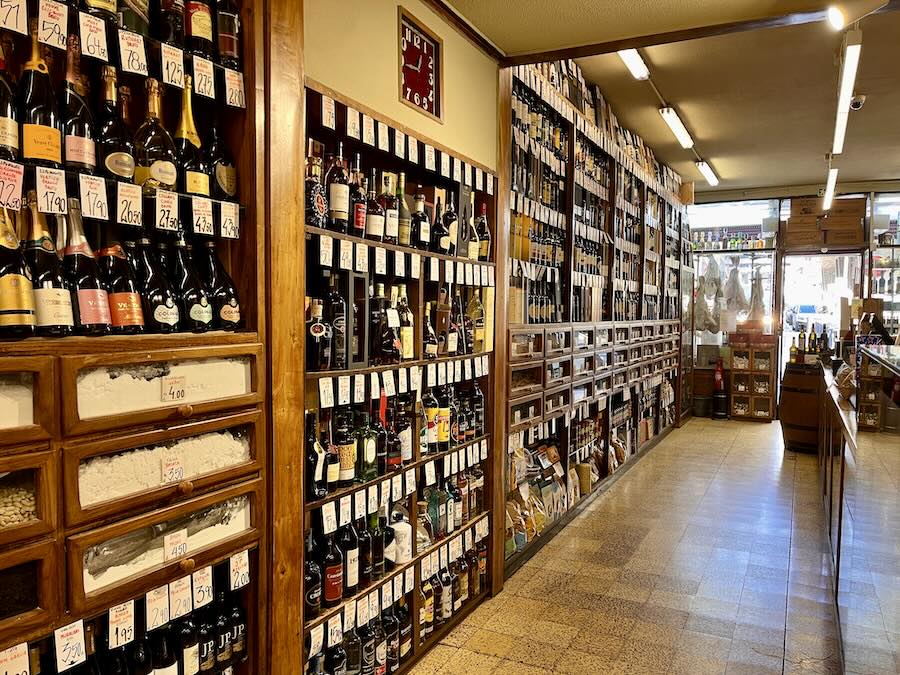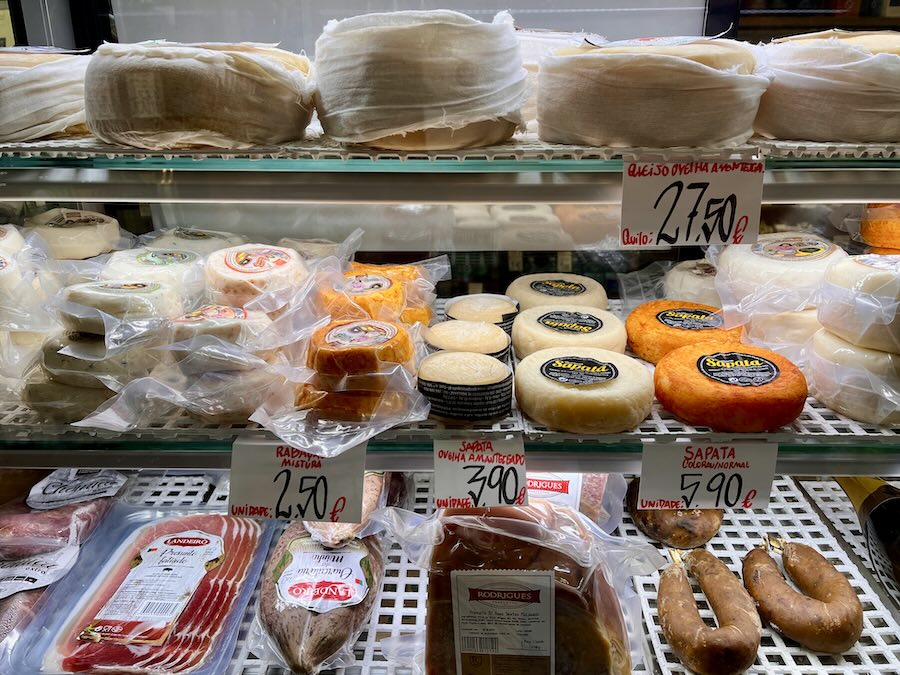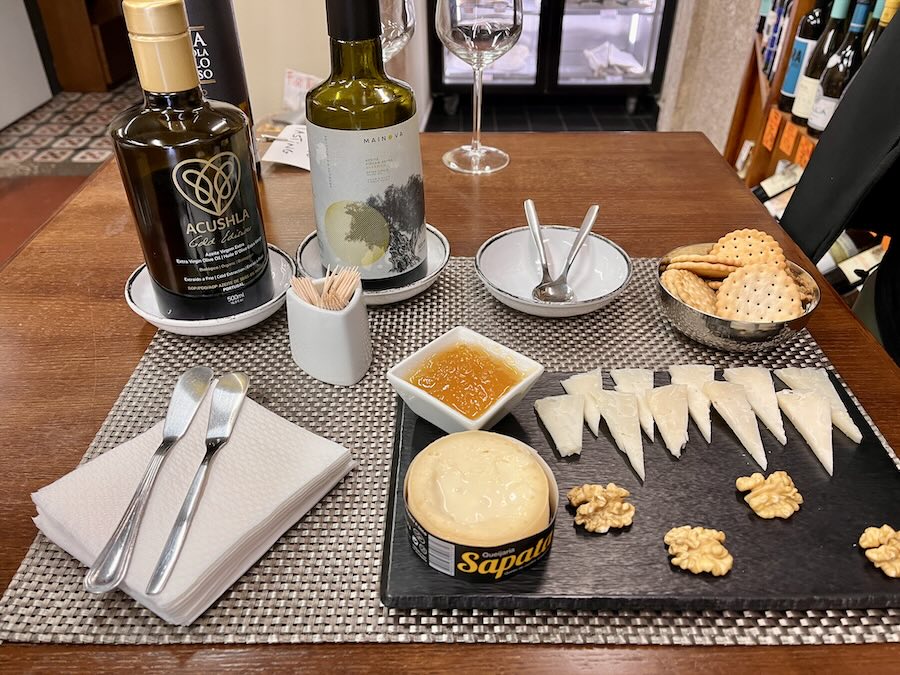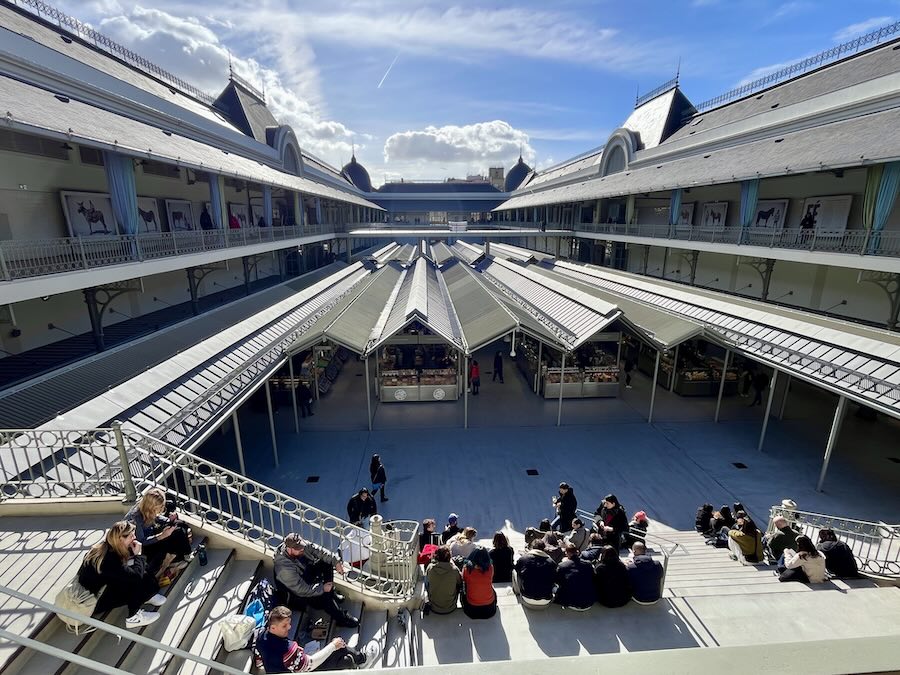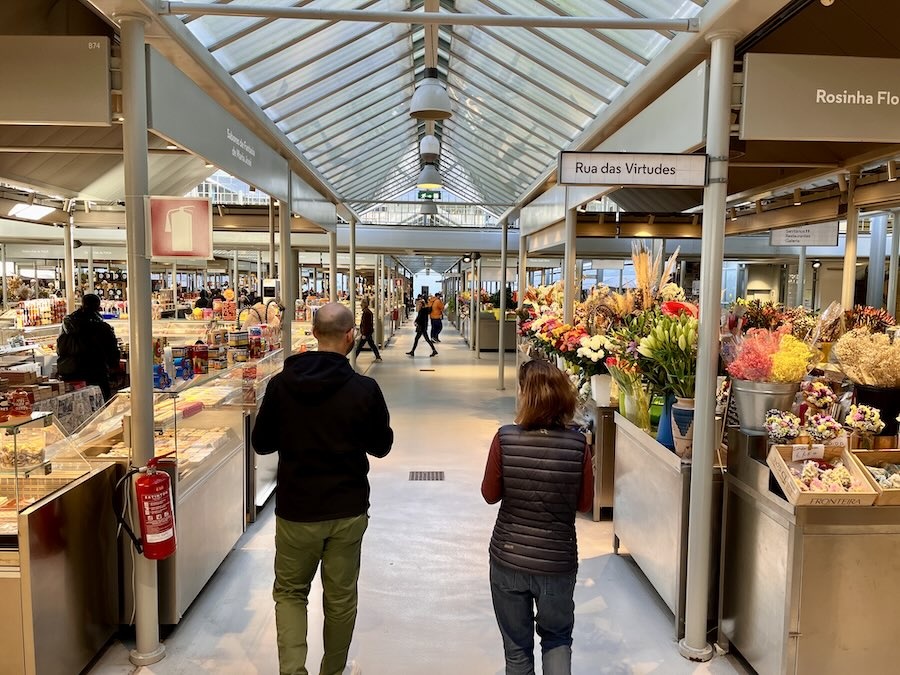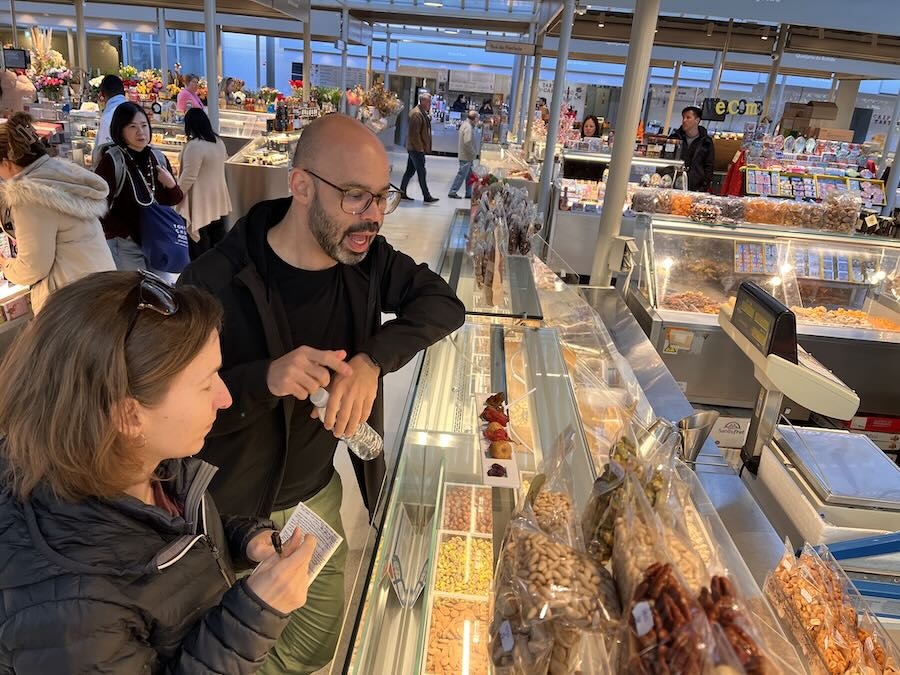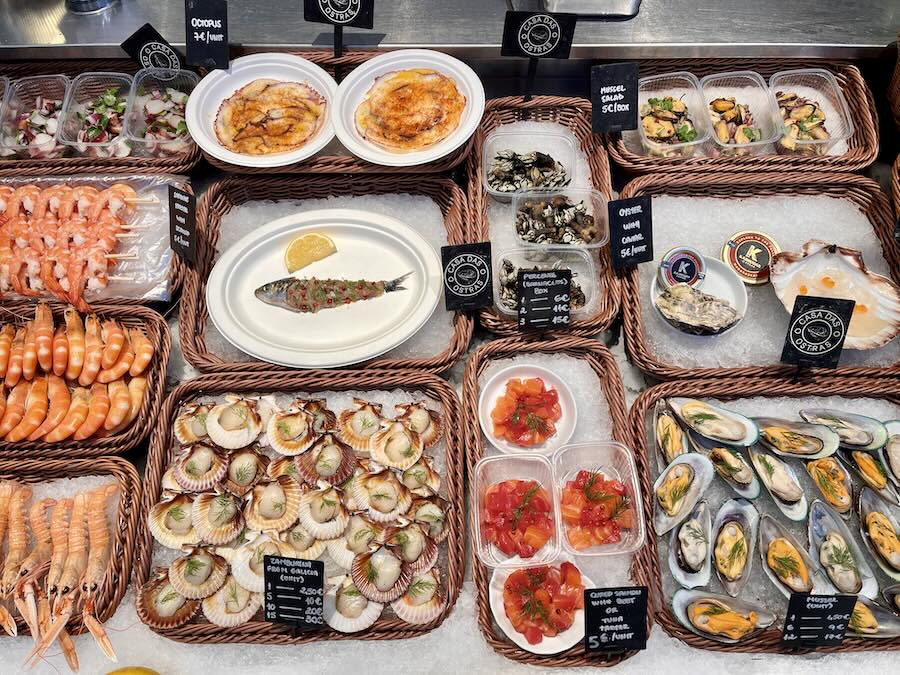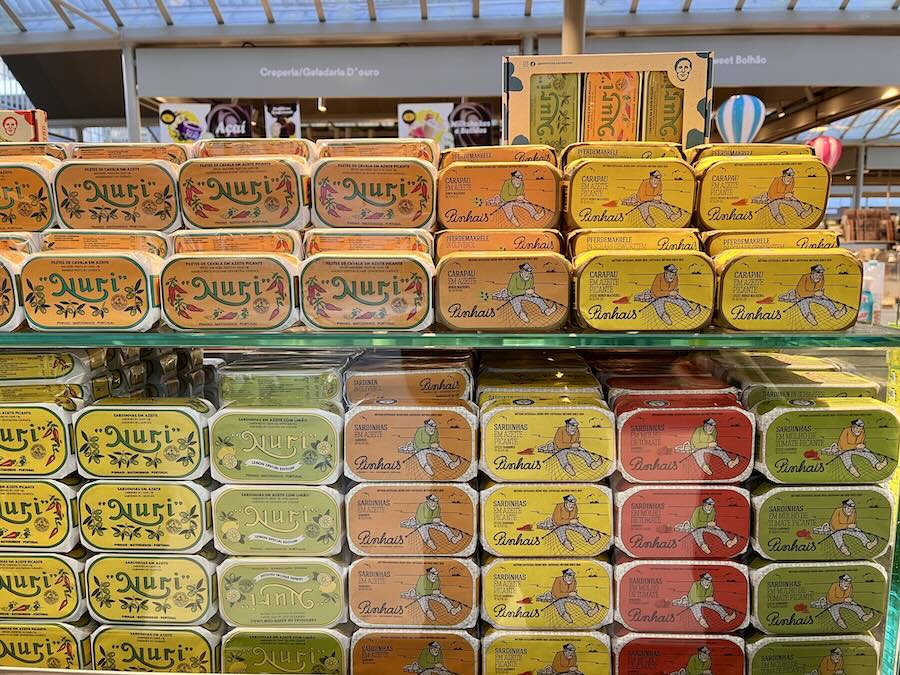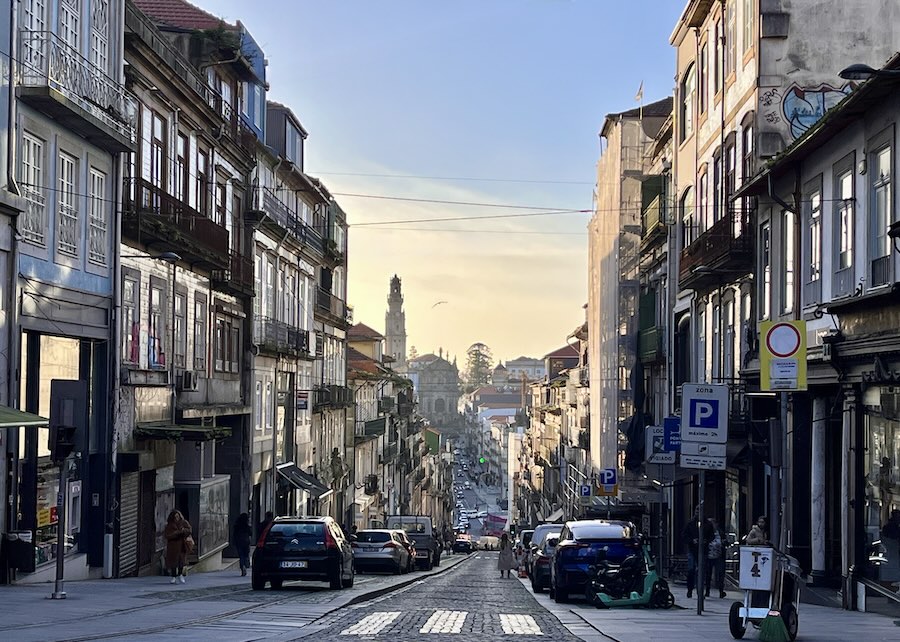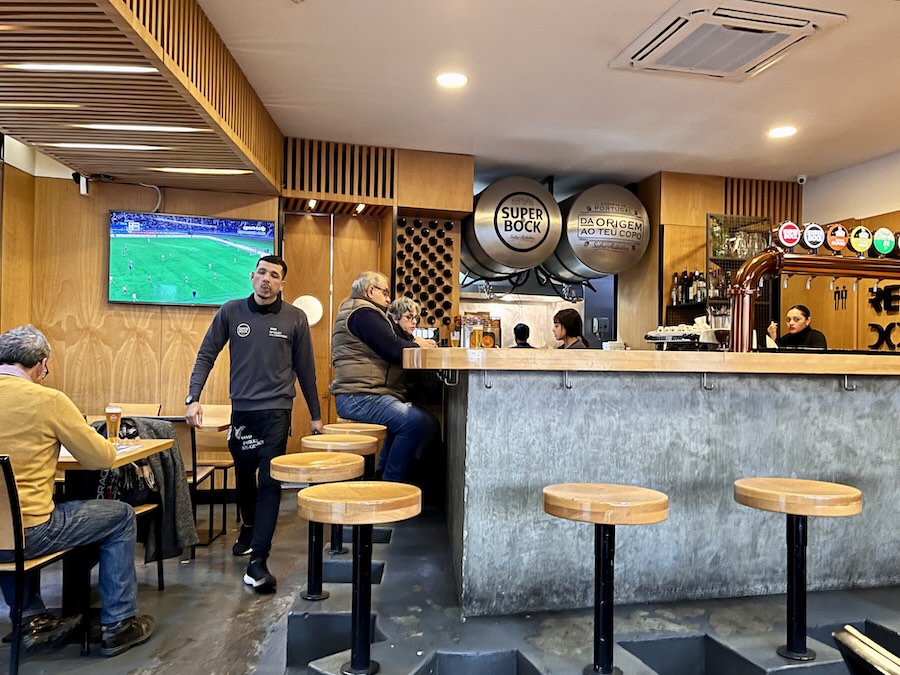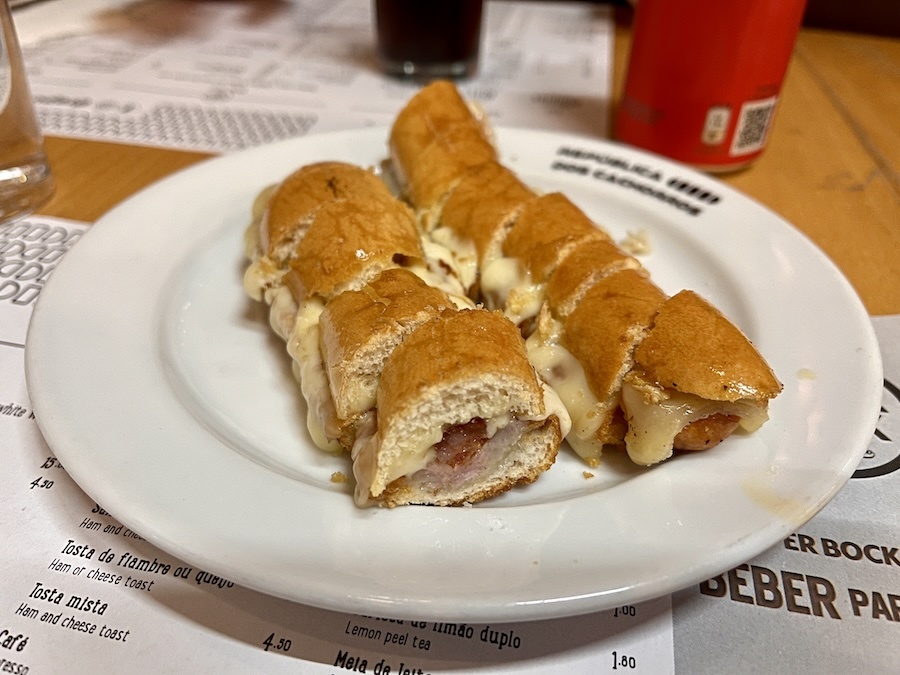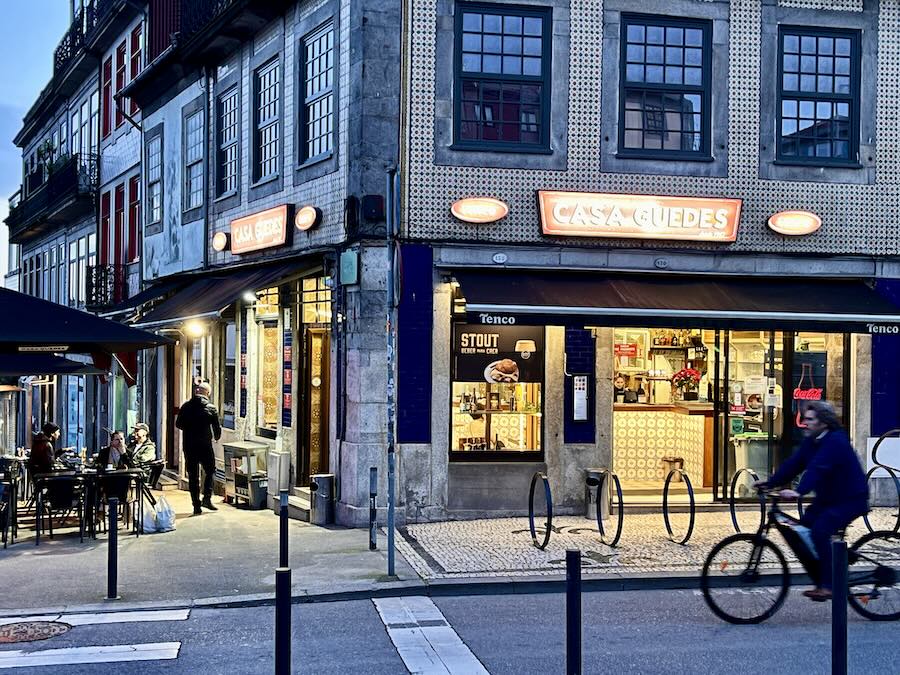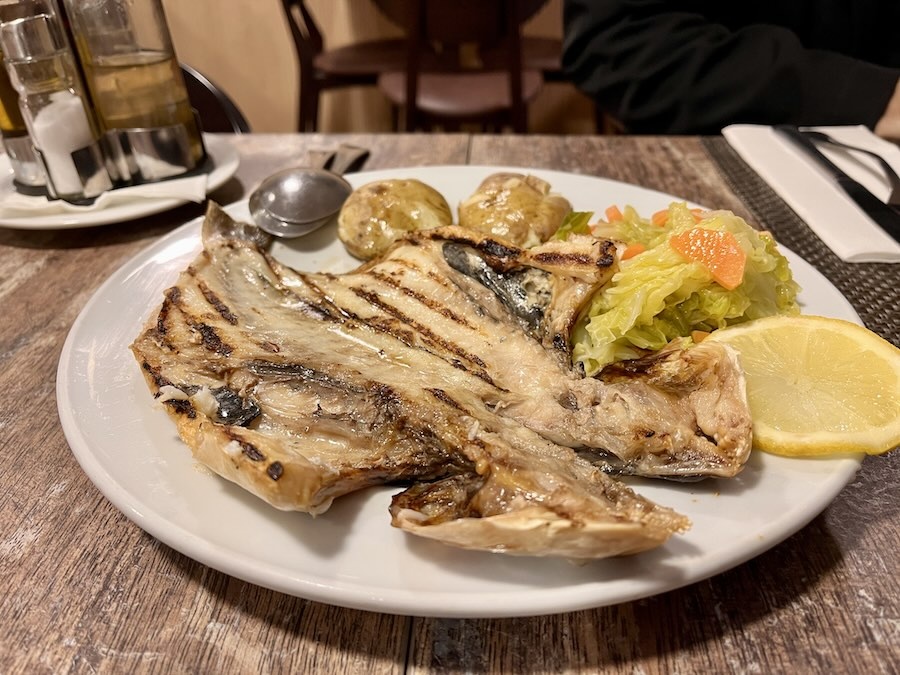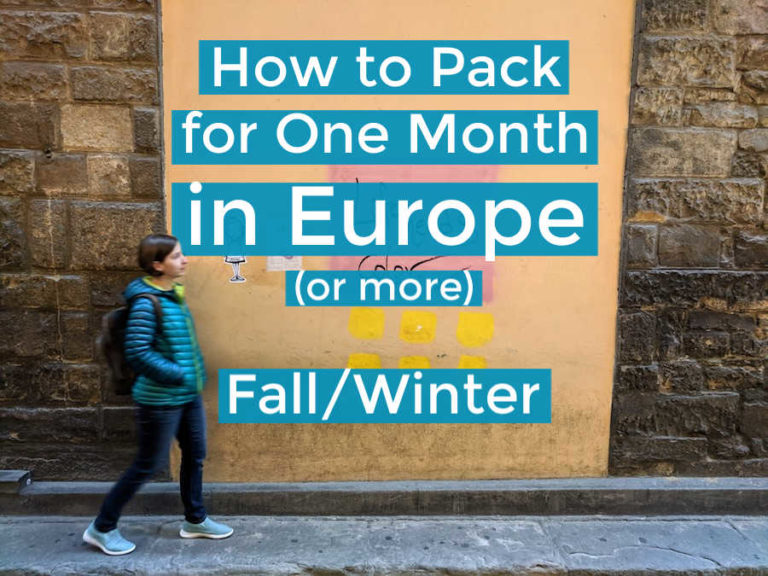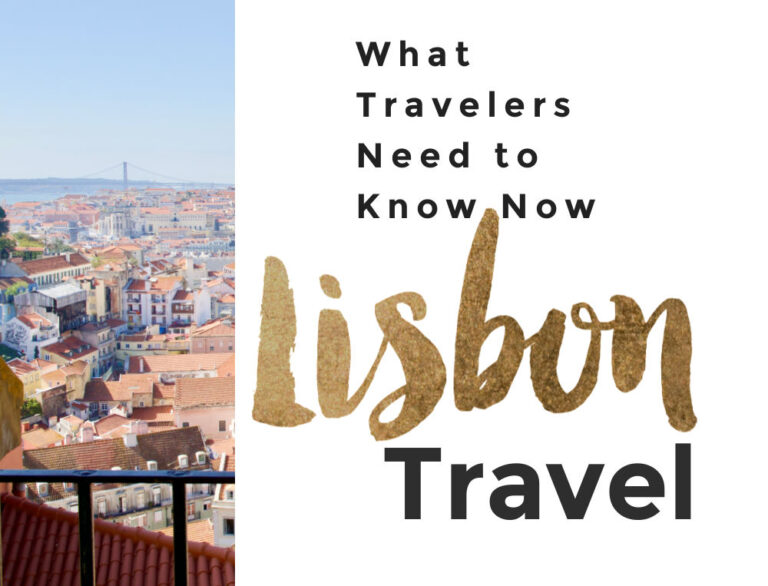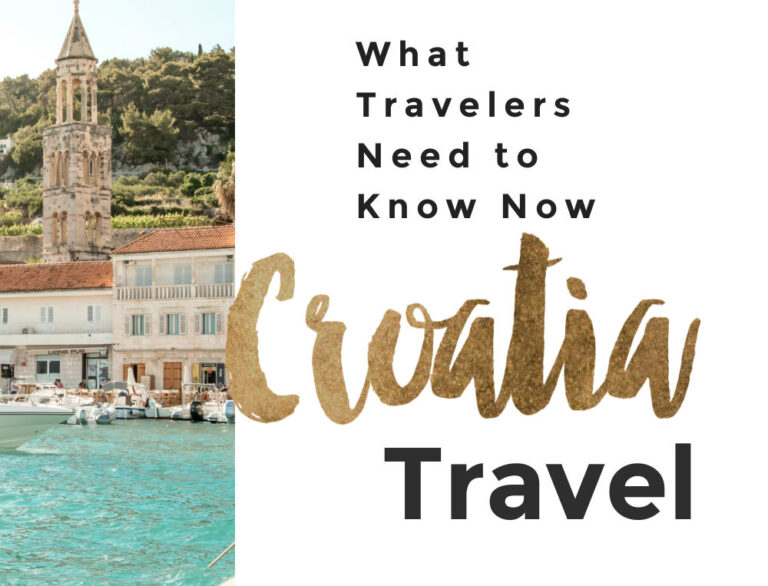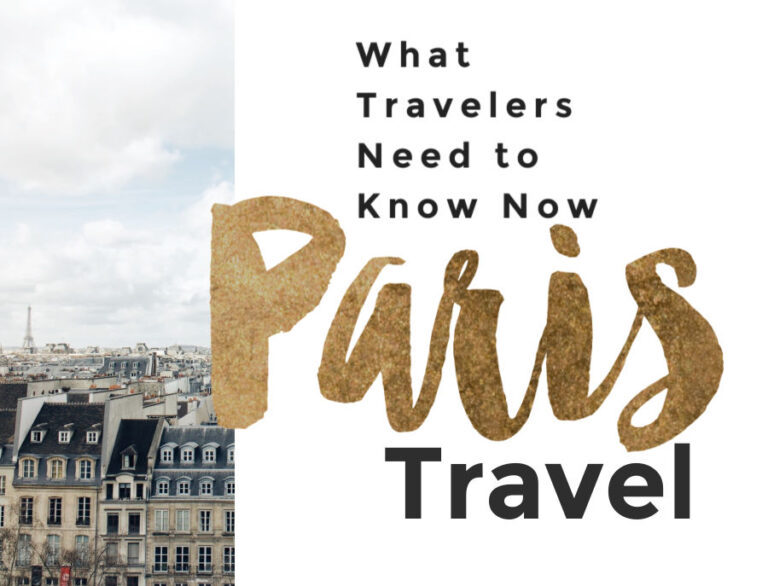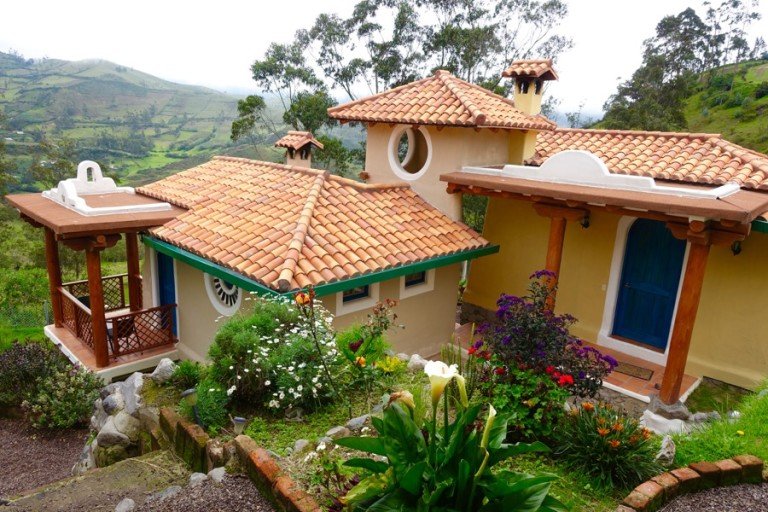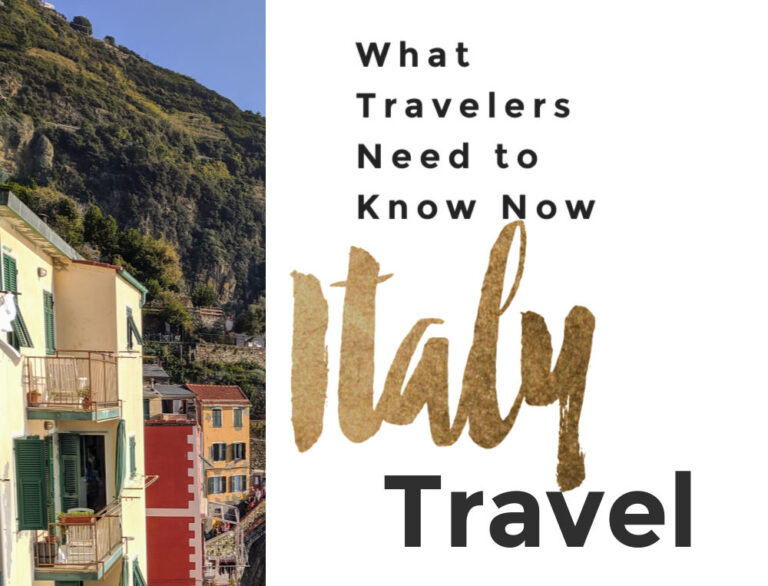History and Culture Via Food: Culinary Backstreets Porto Food Tour Review
I enjoy traveling. I enjoy history. I enjoy eating.
It makes sense that if you’re like me, you would LOVE food tours when traveling to other countries. Especially to places where you don’t know a lot about the country, culture, and cuisine.
So when we knew we were going to visit Porto for the first time, we connected with Culinary Backstreets to do a walking food tour. Here’s a review of that experience, what to expect, and whether or not we’d recommend booking your own food tour for your next trip.
Table of Contents
About Culinary Backstreets
Our first experience with Culinary Backstreets was in Lisbon, and the organization started in Istanbul where we did our second food tour with Culinary Backstreets.
Culinary Backstreets promotes and protects traditional culinary culture, highlighting masters of their craft and family-run establishments through walking tours, downloadable Eatineraries, and written articles. Founded by journalists, they are passionate about telling the stories behind a city’s foodways.
You’ll also find them in popular foodie destinations like Athens, Barcelona, Naples, Tbilisi, Queens, Mexico City, Rio, Tokyo, and Shanghai.
“We use food as a lens through which we explore urban issues, highlighting lesser-told stories and people, revealing a deeper side of the city. I think you’ll really enjoy what we have created.”
– Ansel Mullins, Co-Founder of Culinary Backstreets
Culinary Backstreets Porto Food Tour
At the time of writing this review, Culinary Backstreets offered two food tours connected to the Porto area:
- Beyond the Barrel: From Decadent to Down-home in the Heart of Porto (in Porto)
- Sardine City: Fish Tales and Tradition in the Porto Docks (in Matosinhos)
Check the availability schedule as the tours are some times offered on different days and different times.
If you are looking for a food tour specifically in Porto, do the Beyond the Barrel tour as the other one is in a “suburb” of Porto.
As with all Culinary Backstreets tours, you can expect a 5+ hour adventure, plenty of stops, great stories, and lots of bites in a small group environment.
Don’t let the word “bites” fool you. There is plenty to eat and drink along the journey!
We took part in the Beyond the Barrel: From Decadent to Down-home in the Heart of Porto in exchange for an honest review here on the blog. (As always, the opinions expressed in our reviews are entirely our own.)
At 2:00pm on the dot we met our guidem Brunom at the scheduled meeting point.
We learned that Bruno was originally from Rio, Brazil and had been living in Porto for about 6 years. Bruno has worked in the food industry and his Brazilian background helped us learn more about that country’s connection to Portugal’s history and food culture.
One of our favorite things about these tours is learning about the guides and what unique perspectives they bring to the experience.
Tour Details for Beyond the Barrel: From Decadent to Down-home in the Heart of Porto
Distance: We walked about 1.5 miles, broken up with several stops. Porto is a hilly city, but this tour was pretty flat and easy to walk. (Actually this tour was one of the shortest total distances we covered on a Culinary Backstreets tour that we’ve experienced.)
Time: 5 hours
Food: All-inclusive price covers pastries, coffee, water, snacks, samples, sandwich, dinner, etc. It is a fairly bread-heavy and meat-heavy itinerary with several alcohol tastings (wine and beer) along the way. Gluten-free or vegetarian alternatives are not always possible. In fact, this tour is not a good fit if you have dietary restrictions.
Who it’s for: Foodies and travelers that enjoy learning via eating and story telling. This is also an active tour that involves walking so we don’t recommend this for anyone with significant physical mobility needs.
Participants should come hungry and curious!
What we loved: This tour highlighted unique stories and bites related to the city of Porto. We tried a variety of things we hadn’t heard about and some items that were familiar but we previously had no context for. Bruno did a great job helping us learn a lot of new and interesting things along the way.
Pro tips for food tours:
- Try not to eat much ahead of the tour (if at all): The goal of most food tours is to leave you feeling full and satisfied, so avoid eating a heavy meal prior to the tour. This tour could meet your meal needs for the entire day. In other words, know there is more than enough food to try.
- Pace yourself: If you eat too much at the beginning, you’ll easily get full before the end of the tour. Don’t miss out (or worse, force yourself) at the end.
- Communicate with your guide: If the guide has not already ordered or set up food at a particular stop, feel free to communicate what you like, don’t like, and how much of something you can eat. Waste is bad for everyone.
Use discount code INTLTRVL for 5% off any Culinary Backstreets tour!
Next we’ll share a bit about some of the stops we made and the great food we got to sample…
Porto Food Tour Stops
The tour started near the Mercado do Bolhão, a newly renovated open market which was one of the first stops of the tour. The meetup point is very close to the Bolhão Metro stop, which is very convenient.
As with most European cities, we don’t recommend driving into the downtown area to find parking. It’s better to arrive on foot or by public transit.
Bruno gave us a quick introduction of himself and what to expect on the tour. He mentioned that we would cover 3 parts of the city with most of it in the downtown area, a portion of the medieval section, and finishing on the outskirts of the Bonfim area.
Then he asked one of our favorite questions: “Are you ready for a pastry?”
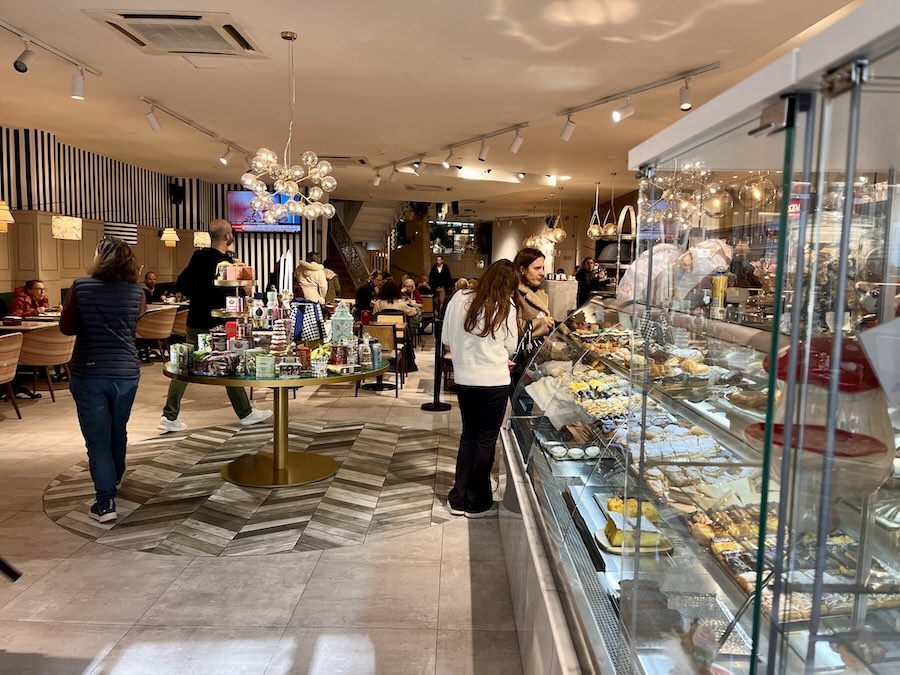
The first stop of the tour was to a local coffee shop and bakery across from the meeting point. And even though it was early afternoon, the place was hopping with locals. That was the first good sign.
Bruno asked us a couple of questions to learn more about how much we knew and didn’t know about Portuguese food, specifically what we had tried and haven’t tried yet. After hearing our answers, he ordered us one savory pastry and a couple of sweet offerings to try along with a drink order of our choice.
As we tried each selection, Bruno shared with us some interesting stories of Portugal’s history and some important, relevant points that tied directly to the dishes we were trying and to the coffee shop culture that’s so popular across the country.
Not to give away the tour, but we enjoyed learning about sugar, coffee, monks and nuns, civil wars, Portugal’s nautical prowess, which – good or bad – brought us to this exact point in time, hanging out at a local coffee shop with Bruno, our guide.
We also liked Bruno’s personal stories and anecdotes to some of the dishes we were trying. One of them was Rabanada which he described as Portuguese French toast. In Brazil, his Grandma made a similar dish and he shared the differences in recipe across the countries and regions in Portugal.
As someone that grew up in Hawaii, we also have dishes that are of Portuguese influence and so I could relate to tasting the similarities and appreciating the differences and the origins of a dish.
After our afternoon breakfast (or snack) the next stop was an old fashion market that felt like we stepped back in time.
In this beautifully preserved, almost 100 year old shop, we walked past walls lined with port and wine, many older than us. It was fun to look at the various years and prices for each bottle.
Bruno had setup a private tasting of wine, olive oil, and cheese towards the back of this shop.
Here we talked about locality and sourcing of products. What was from this part of Portugal, how it differed from the south, why the most common jam you can find everywhere in Portugal is pumpkin, etc…
We enjoyed a tasting of wine and cheese from the Douro area and compared olive oil from different regions of the country.
This store also provided us a great opportunity to talk about what was locally Portuguese and not. For example that we learned Portugal produced a ton of almonds as well as walnuts and hazelnuts, all sold in that store. We also learned some important facts about Port wine such as the differences between Tawny and Port and that there’s even a White port (who knew?).
We got to try some cheeses that we’ve seen at grocery stores but weren’t sure how to select a good one on our own. We REALLY enjoyed both of the cheeses (a goat and a sheep cheese) that went really well with the wine and jam.
Our next stop was down the street to the Mercado do Bolhão. Newly renovated in 2022, you can sense what the old market might have been though it is quite modern now. Bruno mentioned that it’s become less of a daily stop for locals, though they still come for certain specialty products, as the area now caters more to tourists.
Walking through the market past various vendors, Bruno would often stop to point out ingredients that would be used in our meals later in the tour.
Of course, we stopped to try some things as well – dried fruits (most local to Portugal) and a taste of a unique seafood (no spoilers) that we’ve never had before.
Then Bruno brought us to a vendor with this display:
Portugal is famous for tin fish, specifically sardines. I’ve seen them throughout the country and have always wanted to try them but didn’t know where to start, what brand to try, etc…
Bruno purchased a tin according our flavor preference (not spicy and without tomato – a pure option) that we took to our next stop.
This is a classic example of why I love these food tours, even after being in Portugal for two months. We get to try things we’ve been curious about and are able to ask a local expert about it.
After the market, we hit the streets for the longest walk of the tour, which wasn’t actually very far. Along the way, Bruno pointed out how to recognize the the medieval portion of the city. Following narrow streets, we ended up at a local pub, a favorite of football fans, to enjoy some local snacks.
Here we tasted a different style of port wine, cuts of a cured meat, cod fish fritters, and fried sardines. Bruno also opened the can of sardines he purchased at the market so we could try those as well.
This was a local spot that we probably would have felt intimidated to visit on our own. Bruno explained that what we were eating was pretty much everything on the menu, which are common snacks and drinks to enjoy with friends while watching a game.
Speaking of which… the following stop was also one of those places to catch a game, meet some friends and eat some beer-friendly food. Bruno took us to a place known for serving Porto’s iconic sandwich, the Francesinha.
Now it should be known that by this time of the food tour (i.e. the last couple of stops), you’re starting to get a little full. It’s a good time to communicate with your guide about what portion sizes you can handle from here on out.
Being a veteran tour guide, Bruno was great about asking us about this. Instead of ordering the full deal Francesinha sandwich per person, we were happy to split a smaller version and save room for the final stop.
You be you. No judgement here.
Splitting one of the simplest versions of the sandwich was more than enough for the experience. Also, this sandwich was a call back to some of the ingredients Bruno pointed out to us in the market.
There were a couple of times on the tour that Bruno also highlighted stops to check out on our own. It was easy for us to pull out our phones and save the point in Google Maps in case we wanted to revisit these places.
The final stop was a local family restaurant that specialized in seafood and Portuguese home cooking. Bruno gave us an earlier heads up that it would be a light dinner with a soup, entree, and dessert if we wanted.
Soup, we learned, is an integral part of Portuguese cuisine. This was also another call back to an earlier market stop where Bruno had showed us the local green, similar to kale, and how its processed. We had never seen or tried it before.
While most Portuguese soups are heavy on the potato, this one was clean, simple, and delicious.
Bruno then recommended a sea bream for our entree. We were more than welcome to each have our own portion but a shared one was plenty for the both of us.
Bruno showed us how to “clean” the fish by removing its bones, and we enjoyed the simple and well-cooked flavors. It felt like a meal at a local family home, which is exactly the kind of cooking we enjoy when traveling.
We were offered dessert and coffee at this point but decided to pass. Again, totally up to you on how you’d like to cap off the adventure.
Around 7:00pm, about 5 hours from the start of the tour, we thanked Bruno and he pointed us to the nearest metro stop to head back to our hotel.
Final Thoughts About The Porto Food Tour
Overall, it was a enjoyable experience and we left feeling we learned new and interesting things about Porto and Portugal that wouldn’t have discovered on our own.
One thing to note about this particular tour and the way it was designed is that there wasn’t as much walking as other Culinary Backstreet food tours we’ve been on. This wasn’t a bad thing.
Just know that it’s not a comprehensive sightseeing tour of Porto. If you only have half a day to spend in Porto, you’ll want to make sure you can walk around more of the old city and riverfront on your own.
Finally, in this particular tour we did not have two things I thought for sure we’d taste on a Portuguese food tour — Port (the red version) and the iconic pastel de nata pastry.
Since Bruno knew we’d been in Portugal for several months, we’re guessing these items might have been replaced so we could try other things. Either way, we liked that the focus was on things unique to Porto that we’ve never had before.
We thought this tour was well organized and crafted in a way that reflected thoughtfulness and intentionality. Its something we’ve come to expect with Culinary Backstreet tours, and this one was no different in that regard. We’d definitely recommend it.
>> Use discount code INTLTRVL for 5% off any Culinary Backstreets tour <<
Final Thoughts About Culinary Backstreets
On every food tour we’ve experienced with Culinary Backstreets I’ve noticed a couple of things that I’ve come to love about them.
First of course are the guides and their passion for food, local knowledge, and relationships. It’s easy to witness this in the interactions guides have with vendors, the genuine pride in which they talk about the stories and knowledge they are sharing. You feel like you have a friend that is excited to share with you, even though they’ve done this many times and for you, it’s your first time.
I really enjoy the storytelling. The way each tour is set up, you’re often introduced to an ingredient, given some context, and then get to try it in a dish at some point (usually, not always). There’s history. There’s a personal connection. And there’s always an opportunity to learn more if you are willing to ask more questions.
The final thing I noticed is that there is a lot of intentionality and thoughtfulness in these experiences. You can tell they’ve cultivated great relationships with particular vendors who represent a local perspective vs. a big foreign brand. And true to their namesake, you often feel you’re going into an experience that is very “local”, that you might not find via a Google or Yelp review.
All this to say that we are big fans and would highly recommend any of their food tours across the world. We’re looking forward to the next one!
Read next:
– Lisbon Culinary Backstreets Food Tour Review
– Self-Guided Walking Tour Itineraries for 3 Days in Lisbon
– What Not to Miss in Lisbon (On A Budget)
– Is the Lisbon Card worth it?
– Self Guided Hiking in Sintra Portugal

